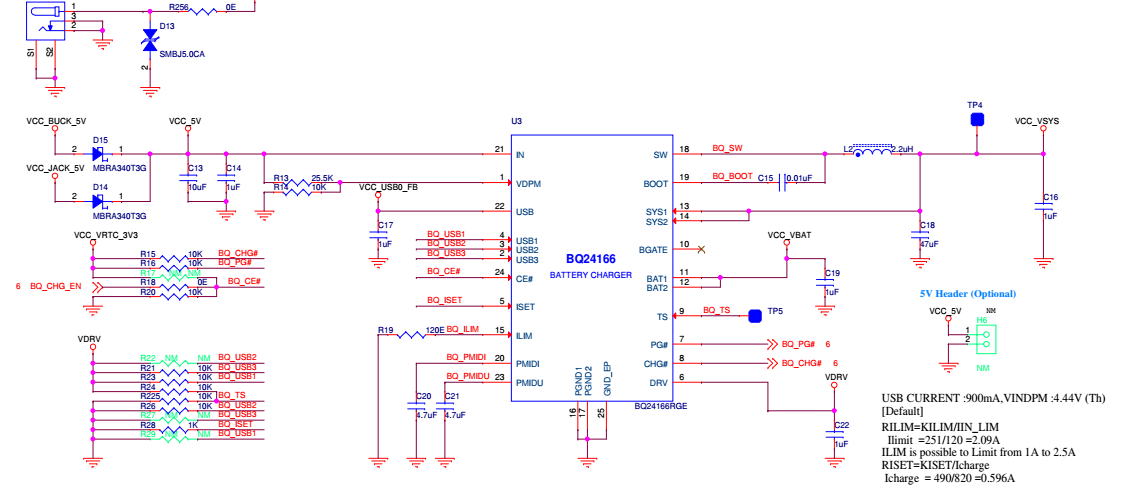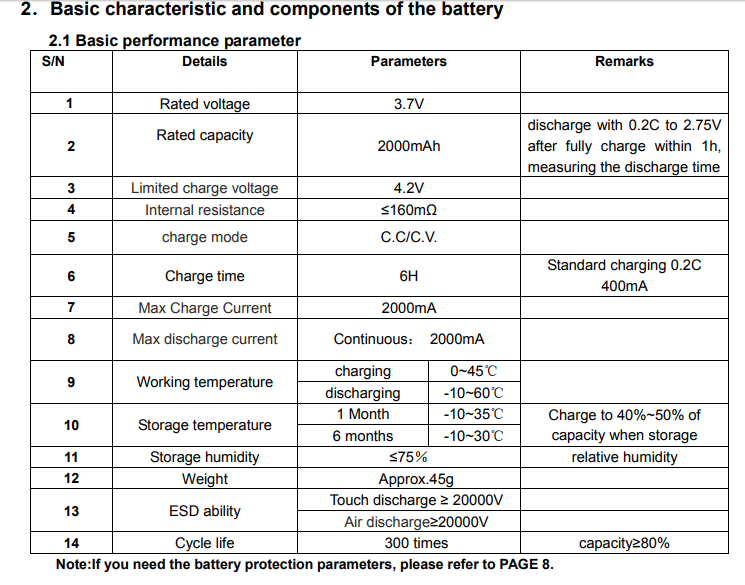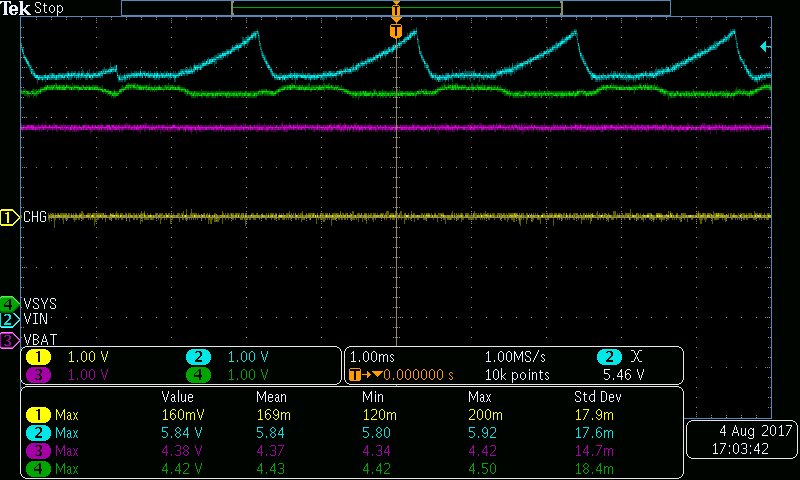Hi,
We are using BQ24166 for one of our project. We are using a 3.7V Li-Po Battery for charging. We found that it is taking much time for recharging the battery to 100%. When we check the battery after charging for a period of 12 Hrs still the battery voltage shows as 4.17V. It is not attaining the Full battery voltage of 4.2V. Since in our case the Battery life matters a lot can you please comment on this issue. How can we attain the full battery level ie 4.2V.
Since some of our parts operates on a voltage of 3.3V minimum, we are making our system to operate between a voltage of 3.4V to 4.2V. So we are taking the 3.4V as the battery low level and 4.2V as the battery full level. Is our method correct? Can you please comment on this. Attaching the charging circuit and the battery specs.




